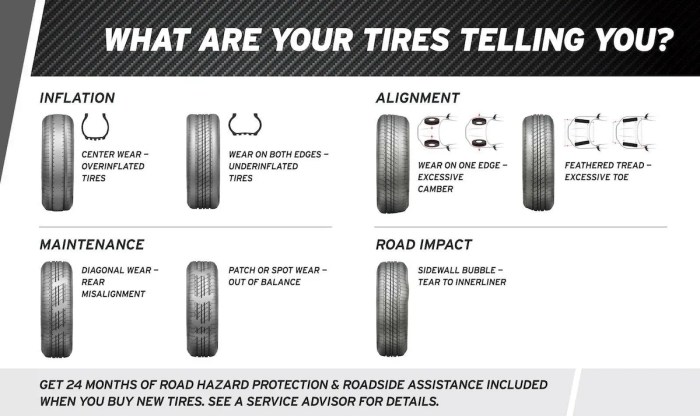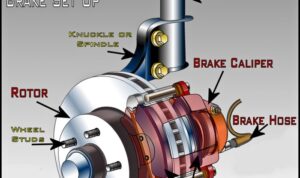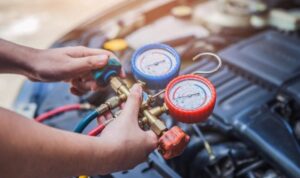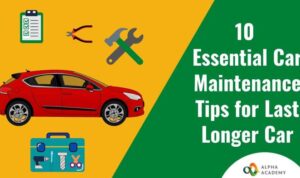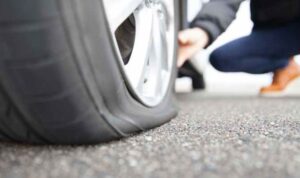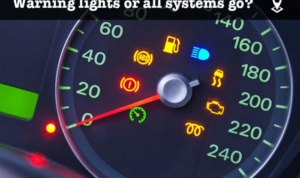When to replace car tires is a crucial aspect of vehicle maintenance that can impact safety and performance. Let’s dive into the signs, frequency, and maintenance practices to ensure your tires are in top condition.
Signs indicating the need to replace tires

Regular tire inspections are essential in ensuring the safety and performance of your vehicle. Here are some common signs that indicate the need to replace your tires:
Tread wear indicators
When the tread wear indicators become visible, it’s a clear sign that your tire treads are wearing down. These indicators are small rubber bars that are built into the tire grooves. Once they are level with the tread, it’s time to replace the tires to maintain proper traction and grip on the road.
Uneven wear patterns
Uneven wear patterns on your tires can indicate alignment issues, improper inflation, or suspension problems. These patterns can lead to decreased handling, poor traction, and even potential blowouts. Replacing the tires can help restore proper balance and performance.
Bulges and cracks
Bulges or cracks on the sidewalls of your tires can be a sign of internal damage or aging. These weak spots can increase the risk of a blowout, especially at high speeds. It’s crucial to replace tires with bulges or cracks to prevent accidents on the road.
Age of tires
Regardless of the tread depth, tires that are more than six years old should be replaced. The rubber compounds in tires deteriorate over time, leading to reduced grip and stability. Regularly inspecting the manufacturing date of your tires can help you determine when it’s time for a replacement.
Regularly checking for these signs can help you identify when it’s time to replace your tires, ensuring the safety and performance of your vehicle on the road.
Frequency of tire replacement

Replacing car tires is essential for maintaining safety and optimal performance on the road. The frequency at which tires should be replaced depends on various factors such as mileage, driving conditions, and the type of tires being used.
Mileage-based Replacement
- Most experts recommend replacing tires every 25,000 to 50,000 miles, depending on the tire quality and wear.
- High-performance tires may need to be replaced more frequently, around 20,000 to 30,000 miles.
- Regularly inspecting tire tread depth is crucial in determining when to replace tires based on mileage.
Driving Conditions and Tire Types
- For drivers in areas with harsh winters, winter tires should be replaced every 3 to 4 years or when tread depth reaches 5/32 inches.
- All-season tires typically last longer, with a replacement interval of 50,000 to 70,000 miles.
- Summer tires may need to be replaced more frequently, especially if driven aggressively, typically every 20,000 to 40,000 miles.
Impact of Driving Habits, When to replace car tires
- Aggressive driving, hard braking, and high-speed cornering can accelerate tire wear, leading to more frequent replacements.
- Proper tire inflation, regular rotation, and alignment can extend the lifespan of tires and reduce the frequency of replacements.
- Drivers should pay attention to signs of uneven wear, bulges, or cracks on tires, as these indicate the need for immediate replacement.
Tire maintenance practices to extend lifespan

Proper tire maintenance is essential to prolong the lifespan of your tires, ensuring safety, performance, and cost savings in the long run.
Proper Inflation
Maintaining the correct tire pressure is crucial for extending tire lifespan. Underinflated tires can lead to increased wear on the edges, while overinflated tires wear out the center. Regularly check and adjust tire pressure according to the manufacturer’s recommendations.
Regular Rotations
Rotating tires at regular intervals promotes even tread wear, extending the life of the tires. This practice ensures that all tires wear out uniformly, preventing premature wear on specific tires. Follow the recommended rotation schedule in your vehicle’s manual.
Alignment Checks
Proper wheel alignment is vital in preventing irregular tire wear. Misaligned wheels can cause tires to wear unevenly and prematurely. Regularly check and adjust wheel alignment to ensure optimal tire performance and longevity.
Avoiding Overloading
Overloading your vehicle puts excessive strain on the tires, leading to faster wear and potential damage. Follow the manufacturer’s guidelines on load capacity and avoid overloading your vehicle to maintain tire integrity and extend their lifespan.
Benefits of Proper Tire Care
By following these tire maintenance practices, you can significantly extend the lifespan of your tires. Properly inflated, rotated, aligned, and unburdened tires not only last longer but also ensure better safety, improved vehicle performance, and cost savings by delaying the need for frequent tire replacements.
Professional evaluation and consultation

Seeking a professional opinion on tire condition and replacement is advisable when you are unsure about the current state of your tires or if you notice any unusual wear patterns or vibrations while driving. Tire experts can provide accurate assessments and recommendations based on their expertise and specialized tools.
Services offered by tire experts
Tire experts offer a range of services to evaluate the condition of your tires and ensure optimal performance. These services include:
- Tread depth measurements: Professionals can measure the depth of the tire treads to determine if they have worn down to unsafe levels.
- Alignment checks: Checking the alignment of your tires ensures even wear and proper handling of your vehicle.
- Balance checks: Balancing the tires helps prevent uneven wear and vibrations while driving.
Consulting professionals for these services is crucial to maintaining the safety and performance of your vehicle.
Importance of consulting professionals
Consulting tire experts for evaluation and consultation is essential for accurate assessments and recommendations. Professionals have the knowledge and experience to detect issues that may not be visible to the untrained eye. By seeking their expertise, you can address potential problems early on and ensure the longevity of your tires. Remember, safety should always be the top priority when it comes to vehicle maintenance.
End of Discussion: When To Replace Car Tires

Knowing when to replace your car tires can save you money and keep you safe on the road. Stay informed about the signs, maintenance tips, and professional consultations to make the best decisions for your vehicle.
When it comes to hybrid technology, Honda’s eCVT system stands out for its efficiency and performance. The eCVT system by Honda combines electric power with a continuously variable transmission to deliver a smooth and seamless driving experience. This innovative system optimizes fuel consumption while providing ample power for acceleration, making it an ideal choice for eco-conscious drivers who also value performance.
When it comes to eco-friendly vehicles, the Honda eCVT hybrid system stands out as a popular choice. This innovative system combines electric power with a traditional internal combustion engine, resulting in improved fuel efficiency and reduced emissions. Drivers can enjoy a smooth and seamless driving experience, thanks to the seamless transitions between power sources.
With the Honda eCVT hybrid system, eco-conscious consumers can embrace a greener lifestyle without sacrificing performance.
- How to Repair Car Brakes: A Comprehensive Guide to Ensure Vehicle Safety - January 4, 2025
- How to troubleshoot car AC issues: A comprehensive guide - January 3, 2025
- Essential car maintenance tips: Keep your vehicle in top shape with these expert tips - January 2, 2025

